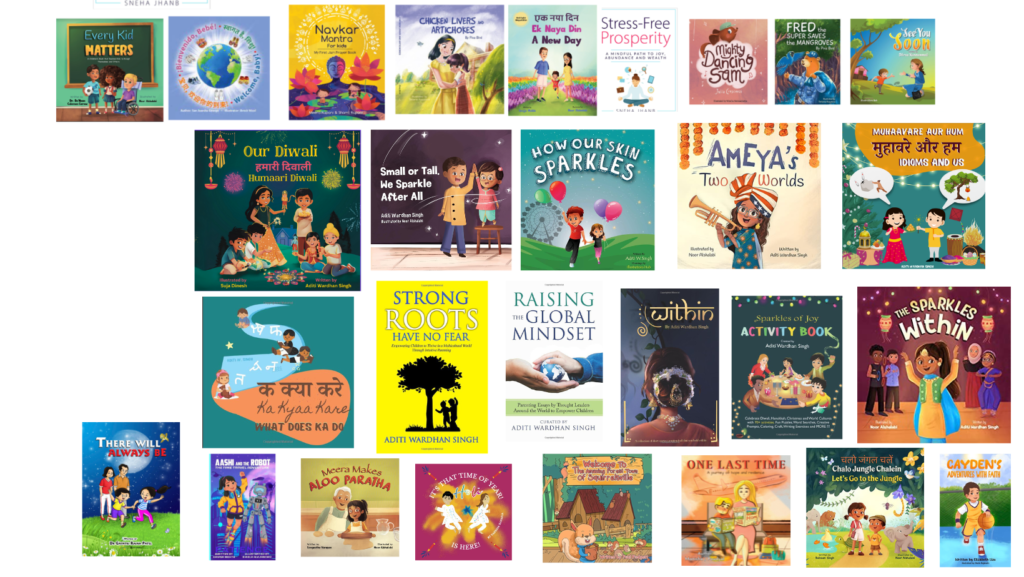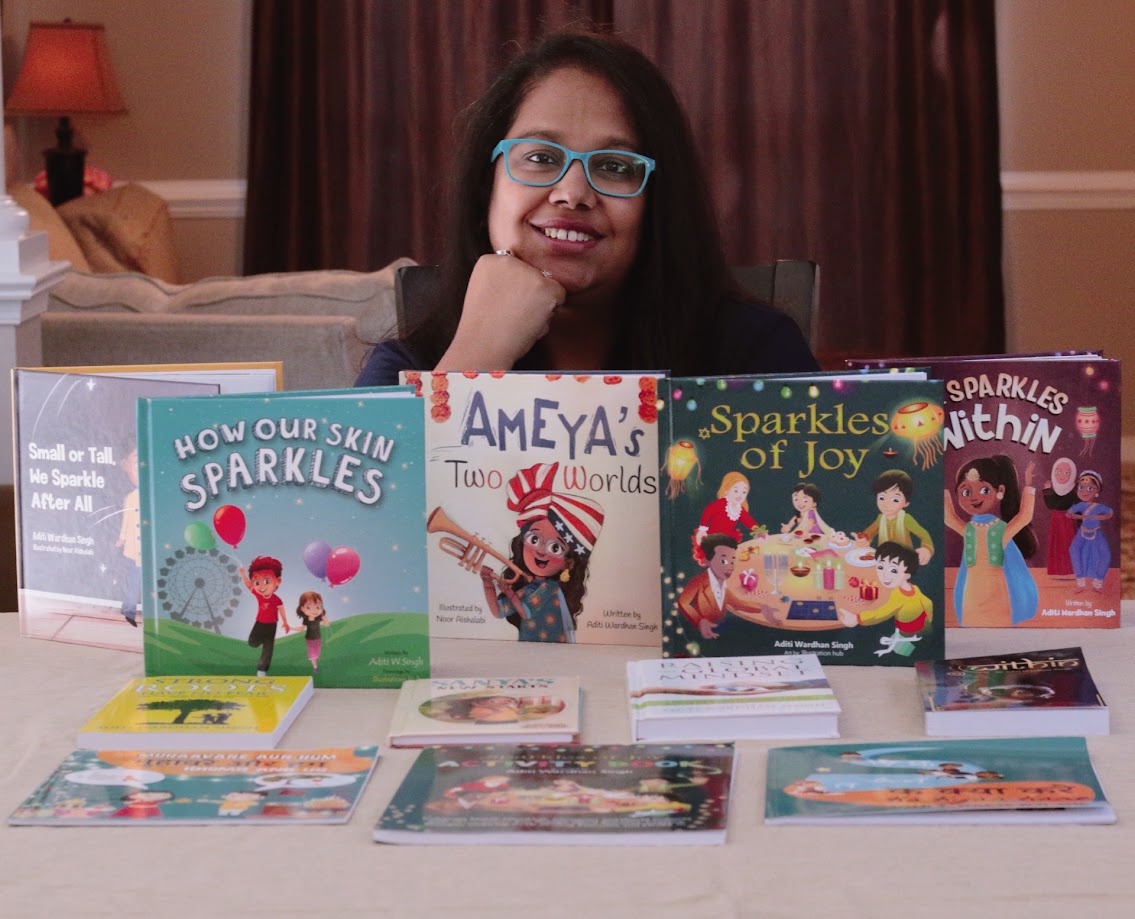Publishing a picture book is an exciting process, but it involves several key steps that require creativity, planning, and a bit of business savvy. Whether you’re self-publishing or going the traditional route, here’s a step-by-step guide to help you navigate the process.
1. Write the Manuscript
The first step in creating a picture book is to write your story. Picture books typically range from 300 to 800 words and are geared toward younger audiences, often children aged 3 to 9, with word count and flow differing per age group. Also, remember your buyer and reader are two different entities. Here are a few tips for writing the manuscript:
- Keep the text simple: Every word counts in a picture book, so make sure the language is clear, engaging, and age-appropriate.
- Create memorable characters: Whether it’s a curious animal or a child on an adventure, your protagonist should be relatable and engaging for young readers.
- Leave room for illustrations: Remember that the images will carry much of the story, so avoid over-explaining. The illustrations will bring parts of your narrative to life.
2. Edit and Refine the Story
Once you’ve written your first draft, it’s important to revise it. There are three different types of editing. With over 200+ books edited, I can assure you every book’s editing process is unique which is why I provide comprehensive developmental and line editing assistance. Picture books need to be as polished as possible before moving to the illustration stage. Here’s how to refine your manuscript:
- Get feedback: Share your story with other writers, parents, or educators to get constructive feedback. You might even want to hire a professional editor who specializes in children’s books.
- Cut unnecessary text: Keep the pacing tight and ensure that each page turn is engaging. Your text should complement the illustrations, not overshadow them.
- Hire an experienced editor : I personally am experienced in multicultural and bilingual books with lived stories. I’m sorry, your friends and family, no matter how well read, have opinions but are not a substitute for professional editing.
3. Plan the Layout
After finalizing the text, consider how the story will unfold visually. Picture books typically have 24 or 32 pages, including endpapers, title pages, and illustrations. Decide how the text will be spread across the pages. While editing, I help authors identify word placement so that each page can effectively add to the flow of the read and make the reading experience enriching.
- Storyboard the book: Sketch out a rough plan of where the text and illustrations will go on each page. This will give you a sense of pacing and flow.
- Consider page turns: Think about how your story leads from one page to the next. Page turns should add excitement or suspense.
4. Find an Illustrator (if you’re not one)
The illustrations are key to the success of any picture book. If you’re not an illustrator, you’ll need to hire one. Here’s how:
- Look for an illustrator with a style that matches your story: Check out portfolios online or look through other picture books to find illustrators whose art resonates with your story.
- Work out a contract: When hiring an illustrator, be clear about deadlines, payment, and ownership of the illustrations. You’ll also need to specify whether you’re working with a flat fee or royalties from book sales.
- Collaborate: Give the illustrator the freedom to interpret your story. The best picture books are a true partnership between the author’s words and the illustrator’s vision.
5. Decide Between Traditional Publishing and Self-Publishing
Before you go further, you’ll need to decide whether you want to pursue a traditional publisher or self-publish. Here’s a breakdown of both options:
- Traditional Publishing: If you choose this route, you’ll submit your manuscript to publishers, who will handle everything from editing to illustration and marketing. However, this route can be competitive, and it may take time to find a publisher willing to take on your book.
- Submit to literary agents or directly to publishers: Look for agents or publishers that specialize in picture books. Follow their submission guidelines carefully. Remember they want a completely polished and complete manuscript before considering and working with you on it. Querytracker is a useful tool for doing this. It can however take a long time for this.
- Wait for responses: Be prepared for a waiting period and possible rejections. This is a normal part of traditional publishing.
- Self-Publishing: If you choose to self-publish, you’ll have complete control over the entire process, from hiring the illustrator to marketing the book. However, it also means you’ll bear the costs upfront and will be responsible for distributing and marketing the book.
- Choose a self-publishing platform: Consider platforms like IngramSpark, BookBaby, or Lulu for print books. For eBooks, platforms like Draft2Digital, Smashwords, and Kobo Writing Life are popular.
- Hire a professional editor: Even if you’re self-publishing, having a polished manuscript is essential.

6. Design and Format the Book
Once the illustrations are ready, it’s time to design and format the book. This step ensures that the text, images, and overall layout come together in a professional-looking final product.
- Hire a book designer: If possible, work with a professional designer who can format the book for both print and digital versions. The book designer will ensure that everything from the cover to the font style looks great.
- Choose your book size: Picture books come in various sizes. Standard sizes include 8×10, 10×10, or 9×12. Pick a size that works for your story and illustrations.
- Get ISBNs: If you’re self-publishing, you’ll need to purchase an ISBN for your book (a unique identifier for books). In the U.S., you can buy ISBNs from Bowker.
7. Proof the Final Product
Before printing or publishing, proofread and review the book thoroughly. This is your chance to catch any last-minute errors or adjustments.
- Order a proof copy: If you’re using a print-on-demand service, order a proof copy to check the colors, formatting, and overall quality.
- Double-check everything: Look over the illustrations, text, and layout to ensure it meets your standards. Ensure that the text is readable and nothing is cut off in the print.
8. Market Your Picture Book
Whether you’re traditionally published or self-published, marketing your book is essential. Start building buzz about your book before it’s officially launched. Contrary to personal beliefs, promotions of a book start way before the book is even published. One should think of building a brand, and creating an online presence and setting up all their building blocks in place before they can work on marketing the book post production.
- Create a website or social media presence: Share your journey, artwork, and book updates with potential readers. Platforms like Instagram and Facebook are great for engaging audiences visually.
- Reach out to schools and libraries: Picture books are perfect for educators and libraries. Offer to host a reading, or see if local bookstores will carry your book.
- Leverage reviews: Send advance review copies to bloggers, reviewers, and influencers who focus on children’s literature. Positive reviews can help build momentum.
- Set up book signings or readings: Try to arrange events at local bookstores, community centers, or schools.
9. Distribute Your Picture Book
Now that your book is ready, it’s time to distribute it to readers. If you’re self-publishing, upload your book to platforms like IngramSpark for print distribution or Draft2Digital for digital formats. IngramSpark, for instance, distributes to a wide network of bookstores and libraries.
- Sell on multiple platforms: Don’t limit yourself to one store or platform. Make sure your book is available on Amazon, Barnes & Noble, and other major retailers.
- Approach bookstores for consignment: If you’re self-publishing, many independent bookstores will consider carrying your book on consignment. You’ll need to pitch your book to the store and work out a sales agreement.
10. Keep Promoting
Once your book is published, keep promoting! Attend book fairs, continue building your social media presence, and reach out to local media outlets. The more exposure your book gets, the more likely it will reach the hands of readers.
By following these steps, you can bring your picture book from a simple idea to a published product that children and families will treasure.
Feel free to reach out to me for my comprehensive one on one coaching package that includes editing and done for your services that help streamline the publishing process and save your time, mistakes and money in the long run, while helping you create a high quality product that sells!
If you feel that my efforts are of value, feel free to buy me a coffee. 🙂 Helps me maintain this website and encourages me to keep writing more content. Do leave any follow up questions in the comment section there.




